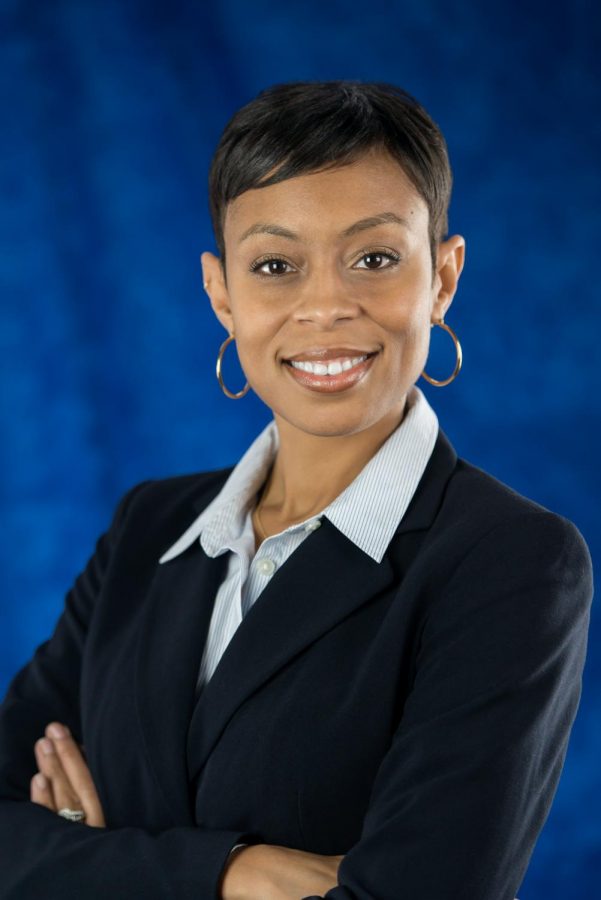Ohio August special election and the future of voting on our campus
August 20, 2021
The 11th Congressional District Democratic race—an incredibly significant election that did not gain as much traction as the national primary—took place on Aug. 3 with a low turnout.
This special election was important in that it was a two-woman race. The two candidates were Shontel Brown, a councilwoman and party chair in Cuyahoga County, and former state Sen. Nina Turner. Brown has received endorsements from established party figures, most notably Hillary Clinton, while Turner held the backing of progressives, including Vermont Sen. Bernie Sanders. Both candidates have had notable accomplishments before their race this year. Brown made history in 2017 as the first woman and the first Black person who was elected Chairwoman of the Cuyahoga County Democratic Party, leading the largest Democratic county in the state. Turner also made her mark in 2005 as the first African American woman to represent ward one on the Cleveland City Council, and again in 2008 as the first woman to serve as a state senator in Ohio’s 25th District.
In the end, Brown ended up as the winning candidate. There have been debates about whether or not this result will be indicative of any later elections. In an interview with The Atlantic, Justin Buchler, a political science professor at Case Western Reserve University, said that “special elections are unusual occurrences, and this is a primary for a special election held in one district.” He added that any attempt to derive meaning from such an event “makes precisely zero sense.” The election, however, is significant in other aspects, one of which is the redrawing of both the Ohio 11th and 15th district lines, which are known for being heavily gerrymandered.
Despite such significance in the election, the turnout was inevitably low. Low turnout for local elections, unfortunately, is not a new phenomenon. In 15 of the 30 most populous cities in the U.S., voter turnout in mayoral elections is less than 20%. The percentage of voters is not the only problem, however. In past mayoral elections across 50 U.S. cities, the median voter age was 57—an enormous gap in voting participation between older and younger voters. This imbalance in voters’ ages causes voting results to incorrectly represent the preference of the districts in which elections take place: voting age leaning towards older individuals, especially, will cause younger populations to be underrepresented. Underrepresentation, in combination with inequalities resulting in some neighborhoods being dramatically underrepresented or overrepresented, causing the off-year election to have turnout that is generally “low, unpredictable, and not necessarily representative of the district.”
Taking the statistics into consideration, students, now more than ever, need to actively register to vote in upcoming elections—not only in the national primary but also in local elections. Students can access information about voting polls locations and times through this link, as well as other resources through offices on our campus, such as the Center for Civic Engagement and Learning (CCEL). Students who wish to get involved in voting activism or volunteer can access through opportunities such as volunteering at polling places during elections, or virtual opportunities such as becoming a Voting Captain at turnoutnation.org, which will also become a CCEL Scholar opportunity (students interested can email hxn135@case.edu for more information).



